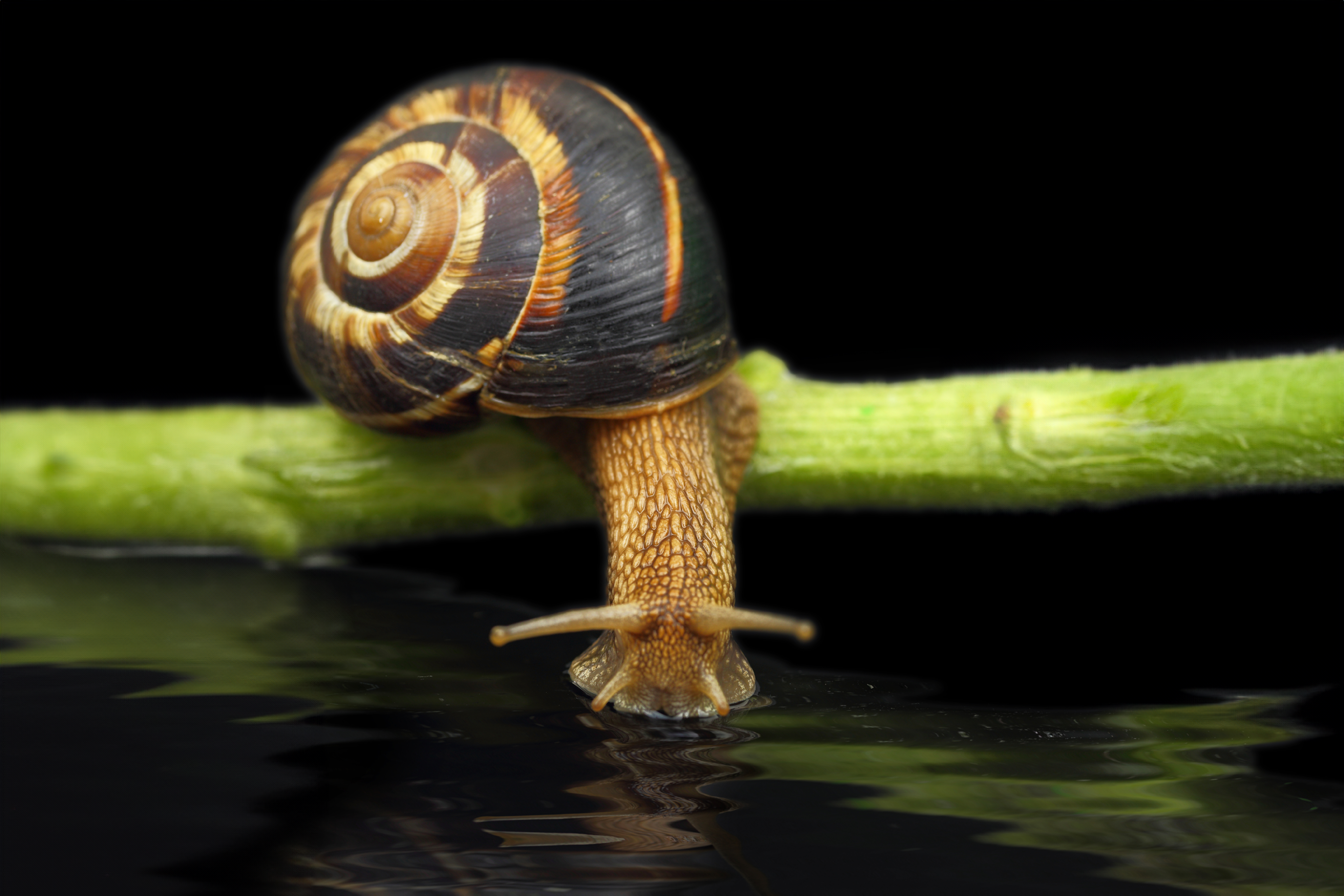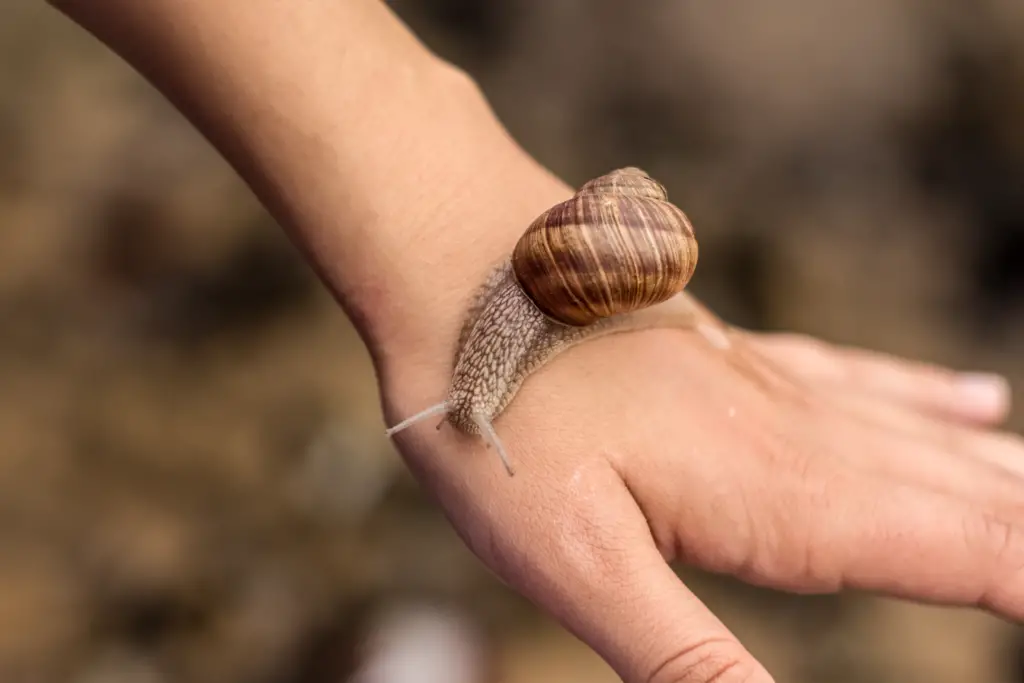
Snails, those slow-moving creatures often seen gliding across damp surfaces, have intrigued us with their ability to adapt to various environments. You might have seen them trekking across the soil after a rain and wondered, can snails breathe underwater as easily as they move on land? The answer isn’t a simple yes or no, because snails have diverse species with different adaptations for breathing.
Aquatic snails, for instance, are equipped with gills that allow them to extract oxygen directly from the water. This means that some snails can indeed stay submerged and go about their lives completely underwater without coming up for air. However, not all snails have the same ability. Land snails and some aquatic species need to surface because they have a different respiratory anatomy designed for breathing air, not extracting oxygen from water.
Understanding the respiratory mechanisms of snails is fascinating because it shows the incredible range of adaptations among these mollusks. Your garden variety snail, which relies on lungs to breathe, will seek air to fill its lung-like pallial cavity, while others may only survive underwater for a limited period before needing to resurface. It’s this unique combination of versatility and specialization that allows snails to thrive in so many environments around the world.
Snail Respiration Basics
Understanding how snails breathe will give you insights into their fascinating biology and how they interact with both terrestrial and aquatic environments.
The Respiratory System
Your snail friends possess a respiratory system tailored to their specific habitat. Terrestrial snails have a specialized structure known as a pallial lung to breathe air. This lung functions similarly to yours but in a more simplified form. On the other hand, aquatic snails may have gills or lungs, depending on the species. Such adaptations allow them to thrive in their respective environments.
Mechanism of Breathing Underwater
When considering how snails manage underwater respiration, it’s essential to distinguish between species. Those with gills extract oxygen directly from the water, much like fish. Lung-bearing aquatic snails, however, must periodically come to the surface to breathe air, since their bodies are not equipped to extract oxygen from water. Remember, no matter the type, access to oxygen is critical for their survival.
Habitat Adaptations
In your exploration of snail habitats, you’ll find that snails have impressively tailored their respiratory systems to their environments. Whether in water or on land, snail species demonstrate a remarkable ability to adapt.
Aquatic Snails
Aquatic snails have evolved to obtain oxygen directly from the water. Many of these snails possess gills, somewhat analogous to fish, which permit them to extract dissolved oxygen from their aquatic surroundings. Some species may spend their entire life cycle under water, illustrating their profound adaptations for submerged living.
Land Snails
In contrast, land snails often utilize a different approach with a lung-like respiratory system that requires direct access to atmospheric air. Such species must surface periodically to breathe, as they cannot process oxygen from water. This characteristic explains why most land snails are prone to drowning if submerged, highlighting the importance of their specific respiratory adaptations to terrestrial habitats.
Survival Strategies
In exploring how snails manage to survive in various environments, you’ll find that their behavioral and physiological adaptations are key factors. These strategies allow them to maintain respiration whether they’re on land or submerged in water.
Behavioral Adaptations
Aquatic snails exhibit behaviors such as surface floating or sticking to the water’s edge, helping them access oxygen. These actions are vital for species that lack gills and maximize their survival in water by temporally breathing air.
Physiological Adaptations
On the physiological front, some snails possess pallial lungs to extract oxygen from the air, while others may have gills or both respiratory adaptations. This allows them to occupy both aquatic and terrestrial realms, switching between breathing mediums as needed.
Frequently Asked Questions
Snails have intriguing methods for breathing, whether they’re land dwellers or aquatic. This FAQ section addresses your key questions about how snails breathe, the difference between species, and their underwater survival.
How do snails breathe?
Snails, both terrestrial and aquatic, breathe using a respiratory organ called the pallial lung to extract oxygen from the air. Aquatic snails often have a modified version of this lung to aid in underwater breathing.
Do snails have gills and lungs?
Aquatic snails have developed gills to breathe underwater, while land snails possess lungs. However, some aquatic snails are also capable of using a lung-like structure when they come up to the surface.
How long can snails survive underwater?
The duration a snail can stay submerged varies by species. Aquatic snails are adapted to live underwater, while land snails can drown quickly if submerged. Some species can only survive a few hours under water, while others are equipped to stay submerged indefinitely.
Can aquarium snails live submerged in water?
Many aquarium snails are fully aquatic and can live their entire lives submerged. They have adapted to extract oxygen from the water through their gills or skin.
Do land snails breathe differently than aquatic snails?
Yes, land snails extract oxygen from the air with their lungs, while aquatic snails may use gills or skin to breathe underwater. The mechanisms differ based on their habitat.
Do snails expel carbon dioxide when they breathe?
Just like other animals, snails expel carbon dioxide as a waste product of respiration. They need to release this gas to maintain healthy bodily functions whether breathing air or water.
Driven by a passion for those tiny creatures that rule our world, we at Bug Domain strive to be your go-to resource for information on insects.




